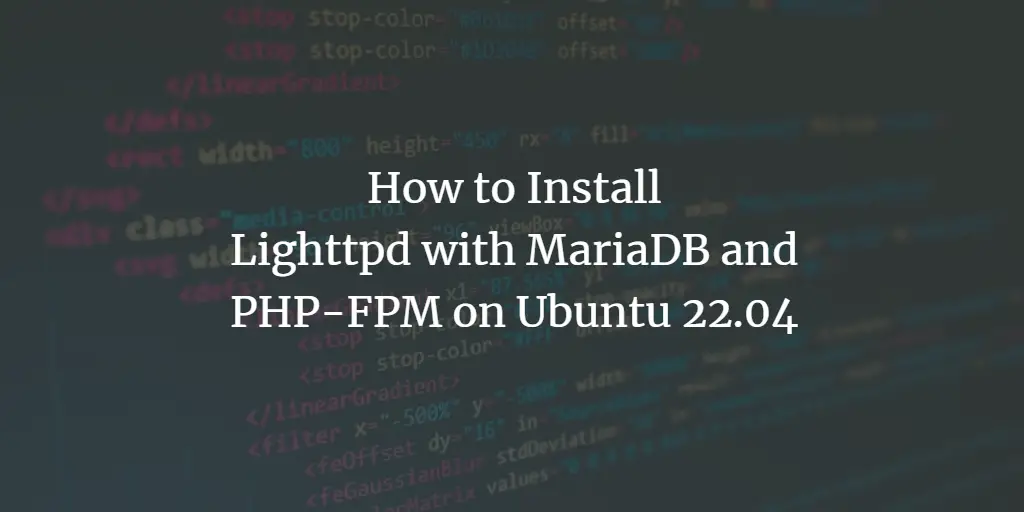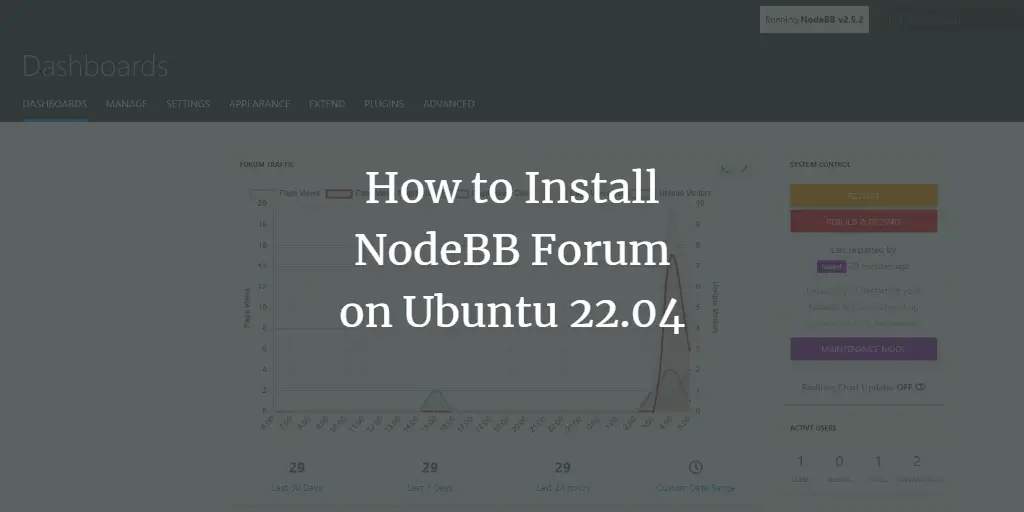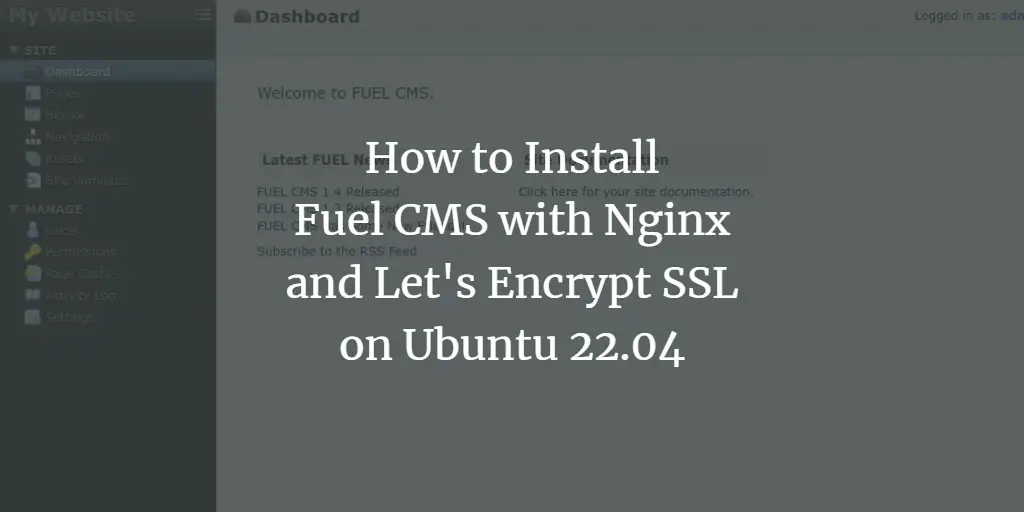AppImage is a convenient way for the developers to provide the software to most Linux distributions by packing the software in just one file rather than creating multiple packages for multiple Distributions.
If you are familiar with .deb packages, then AppImage is a simple concept to understand. Yes, it’s a way of installing software on Linux. It is a “Universal software package” format. So why is a tutorial required for using it? Because it is not as convenient as installing .deb packages (by double-clicking them or from terminal using GDebi), but with AppImage, you need to follow some steps to install the software.
AppImage doesn’t follow the traditional way of installing software. It doesn’t install the software. It is a compressed image containing all dependencies and libraries required to run specific software. The AppImage is executed, and then you can run the software. There are no extractions or installations required. So many people always ask the question, “how do I open AppImage in Ubuntu?”. Now, let’s start the tutorial and get a thorough explanation on installing and opening an AppImage quickly.
In this section, we will explain two different methods to open AppImage in Ubuntu.
Download the .appimage File
There is a plethora of software which you can easily download in .appimage format. GIMP, Scribus, OpenShot, and BlenSor are few famous names that are available as .appimage files.
Making the File Executable
The downloaded image won’t have execution permission by default. So, here’s how you can make it executable (no root privilege required):
Right-click on the downloaded .appimage file and navigate to the properties menu.
<img alt="" data-lazy- data-lazy-src="https://kirelos.com/wp-content/uploads/2021/07/echo/1-19.jpg" data-lazy- height="562" src="data:image/svg xml,” width=”999″>
Go to the properties menu and select the permission tab then check Mark the “Allow executing files as a program.”
Finally, all of your AppImages will execute without having any trouble.
<img alt="" data-lazy- data-lazy-src="https://kirelos.com/wp-content/uploads/2021/07/echo/2-16.jpg" data-lazy- height="358" src="data:image/svg xml,” width=”855″>
Making the File Executable Using Terminal
First, open the Terminal from the search menu or by pressing CTRL, ALT, and T simultaneously and use this command:
$ chmod u x<AppImage File>
The system will execute your file, so now you can run the file by double-clicking on it. Otherwise, you can use the below command to open it:
$ ./Downloads/softwarename.AppImage
If you are looking for uninstalling the AppImage, then open Linux terminal use the below command:
$ rm -f Downloads/softwarename.AppImage
In the above commands, “Downloads” is a directory where the AppImage software is present, and the software name is the software. The “rm- f” command tells the system to remove the files from the system forcefully.
Essential Factors of .appimage File
- If the AppImage file is poorly packed, it won’t run even with the executable permissions. The file should include all the dependencies required for the software to run.
- Some AppImage files will require desktop integration, and that software will then act as any other regular installed software. It will be searchable through the applications menu.
- Initially, the .appimage file is in the download folder, but it is good to transfer it to the software file. You can also move it to the home directory.
- In some cases, there will be no option available to update the software automatically. So, there is a command-line option to check for an update. However, it depends on the developer whether the option is given or not.
Wrapping Up
AppImages is an excellent way of using software across multiple Linux Distributions. We also hope that this update feature may get improved so that it can become more convenient for the users. If you like this tutorial, then make sure to visit our website because we regularly upload the informative tutorial like this one.
About the author
<img alt="" data-lazy-src="https://secure.gravatar.com/avatar/a6dca3a5394c9d066a8078ddf9ede366?s=112&r=g" data-lazy- height="112" src="data:image/svg xml,” width=”112″>
Prateek Jangid
A passionate Linux user for personal and professional reasons, always exploring what is new in the world of Linux and sharing with my readers.


